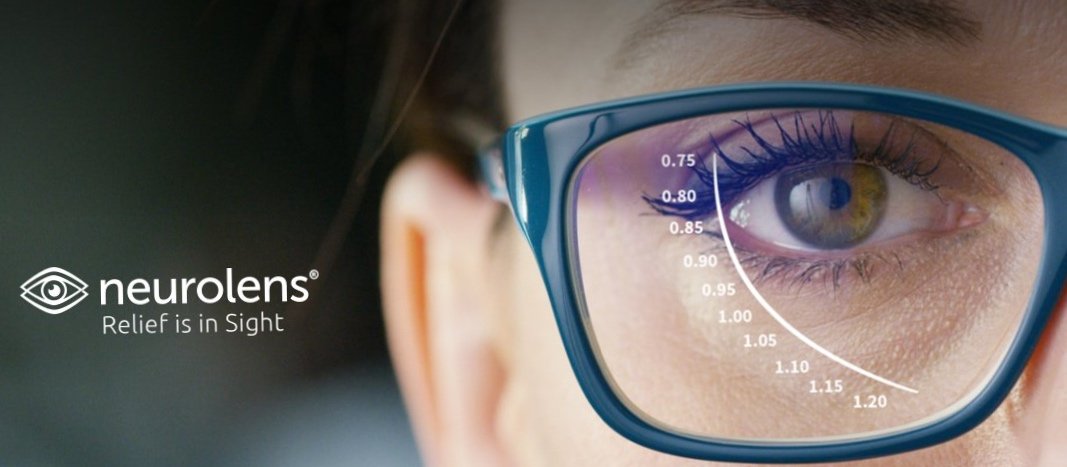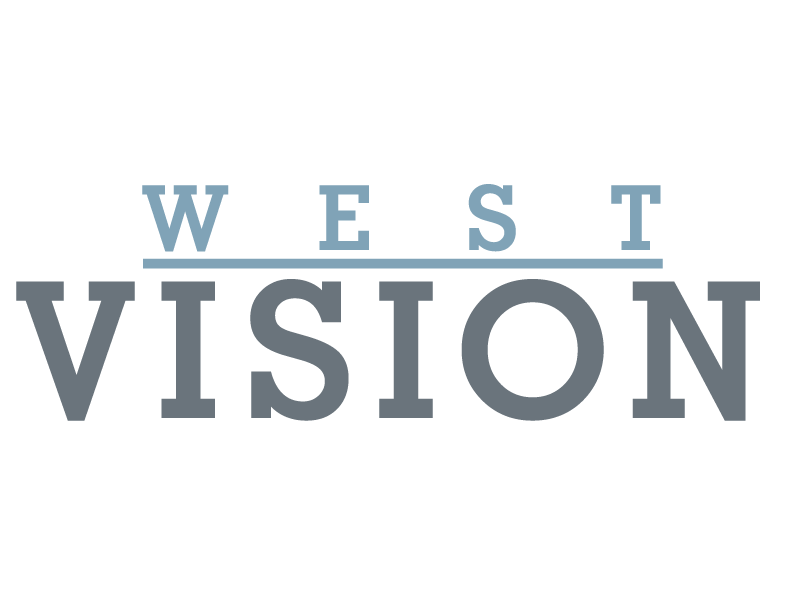
RELIEF FROM HEADACHES, EYE FATIGUE, NECK PAIN & MORE IS POSSIBLE
Why Your Eyes Could Be The Problem
2/3 of adults experience the painful symptoms of eye misalignment. But what exactly does that mean? Learn more about how the eyes and brain work together to form a complete picture of the world around you, and how a miscommunication can cause painful symptoms like headaches and eye strain.
-
Digital Eye Strain
Are you constantly on your phone or tablet? Or maybe you work on a computer all day? Computer Vision Syndrome has become a growing issue in the digital age. Between computers, tablets, and smart phones, Americans average 7 hours of screen usage per day, with some people using significantly more, which often results in symptoms of Computer Vision Syndrome.
Throughout history we have primarily used our visual system to work at distance. However, in the last decade there has been a dramatic shift in how we use our vision. With the digital revolution, we have seen a rapid increase in the use of laptops, tablets, smartphones, and other mobile devices. As a result, the increased demand on our eyes is relentless.
Some signs that you may be affected by digital eye strain include:
Frequent headaches
Eye tiredness and fatigue
Dry eyes
Stiff neck/ shoulder painJaw tightness
West Vision is proud to offer neurolens®, a completely new technology that can help our patients work and live more happily on digital devices.

-
What is neurolens®?
neurolens® is a new lens designed for eyeglasses that provides relief from the symptoms associated with the overuse of the digital devices. Developed specifically to reduce or eliminate eye misalignment at all distances, neurolens® is the only lens that corrects the eyes from overcompensating during digital device use.

-
Other Practical Computer Vision Syndrome Solutions
While staring at a computer screen is one of the causes of computer vision syndrome, it is not practical to advise patients to reduce time spent in front of computer screens. However, taking frequent breaks from the screen are easy to do if you can remember to implement them. Just remember 20-20-20, every 20 minutes, look 20 feet away from your computer screen, for about 20 seconds. Alternate your on screen tasks with non-computer tasks throughout the day. Remember to blink, professionals tend to stare at computer screens and forget to do this.
It may surprise you that posture may be contributing to your eye fatigue. Sitting too far away from your computer screen may induce you to lean forward and strain to see small text, this causes eye fatigue, and stress on your torso. Sitting too close to your computer screen causes your eyes to work harder on focusing as well, and may cause you to sit in awkward positions, such as tilting your neck. The best position is approximately 20-40 inches from your eyes to the surface of the computer screen. Optimizing your work station is a very practical way to alleviate some of the symptoms of digital eye strain. Increasing text sizes on your computer screen display, repositioning your desk and computer monitor, and having a supportive chair, can be helpful ways to reduce pain and fatigue.
-
Computer Glasses
There are certain lens designs and coatings that are made specifically for reducing eye strain and fatigue while using digital devices. For patients on the computer over 8 hours a day, they can often benefit from having a glasses prescription with the specific intermediate distance of the computer in mind. There is a different amount of focusing power used when reading (typically closer than the computer) and driving (much further than the computer). By having the lenses made specifically for the computer, patients will have much more comfortable vision while working. There are also lens designs that can help reduce fatigue by having a gradient change of power within the lens to reduce the amount of focus a patient has to use while on the computer.
-
More information about Digital Eye Strain and Tips
Digital eye strain is defined as physical discomfort experienced after two or more hours of staring at a screen. Things you might notice are dry, red or irritated eyes, blurred vision, fatigued eyes, and back, neck or shoulder pain. Although these symptoms are not permanent and typically dissipate after discontinuing the use of devices, there may be long-term damage.
Here’s what you should know and how you can reduce the likelihood of long term damaging effects of screens:
Digital-Eye-Strain
1. There are certain lens designs and coatings that are made specifically for reducing eye strain and fatigue while using digital devices. For patients on the computer over 8 hours a day, they can often benefit from having a glasses prescription with the specific intermediate distance of the computer in mind. There is a different amount of focusing power used when reading (typically closer than the computer) and driving (much further than the computer). By having the lenses made specifically for the computer, patients will have much more comfortable vision while working. There are also lens designs that can help reduce fatigue by having a gradient change of power within the lens to reduce the amount of focus a patient has to use while on the computer.
2. In addition to affecting the human circadian rhythm, visible blue light such as those emitted from computer screens can cause cumulative damage to retinal cells. Crizal Prevencia is a new anti-reflective lens coating that can help to reduce screen glare and block out harmful blue-violet light. This in turn helps reduce visual fatigue. West Vision Care is proud to carry Crizal brand anti-glare coating.
3. Although it’s often hard to remember, we like to promote the 20-20-20 rule: Every 20 minutes, look at something 20 feet away for 20 seconds.
4. Make sure your workstation is optimized for your eyes, with proper lighting, text size, seat adjustments, and monitor settings.
5. The simplest thing you can do – remember to blink! Staring at computer screens when you are really focused can dry your eyes out.
If you spend a lot of time behind the screen or think you are suffering from digital eye strain or dry eyes, schedule an appointment today with West Vision Optometrist and we can offer options to help you!

